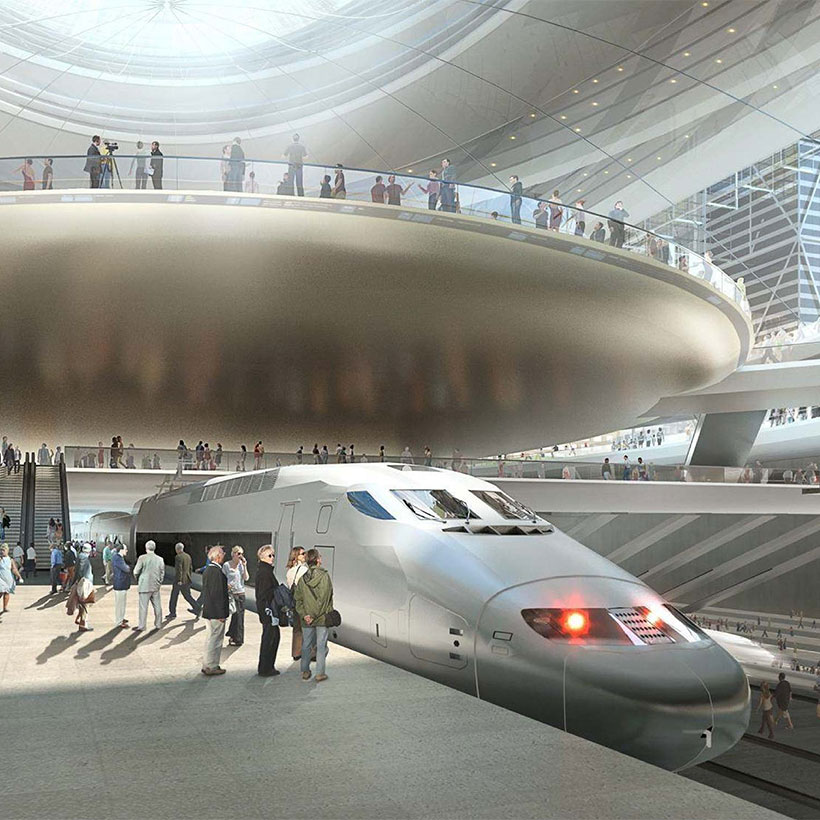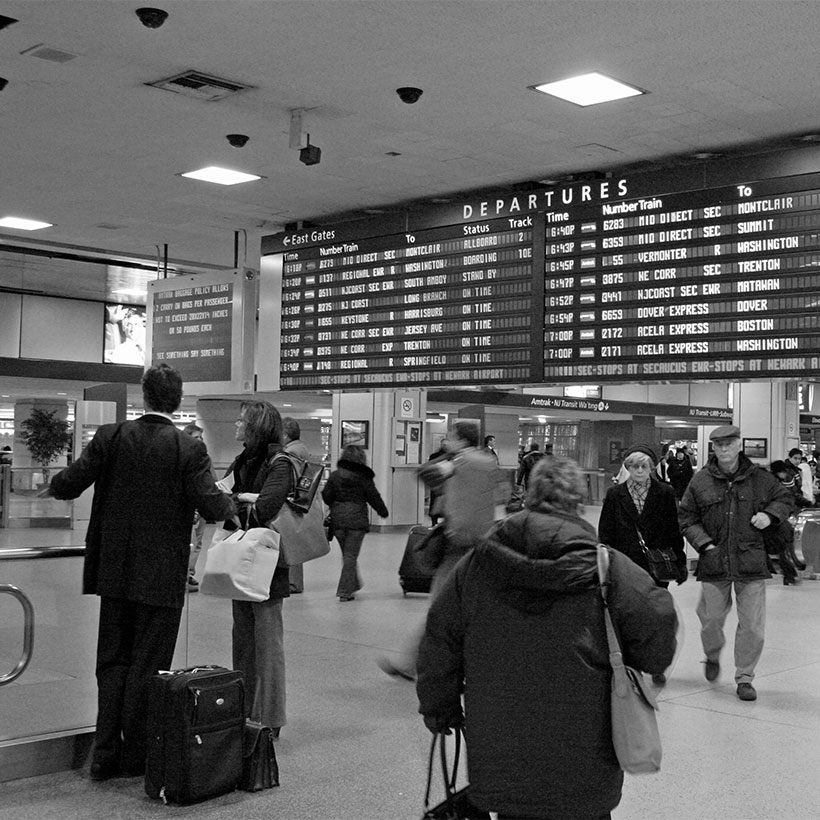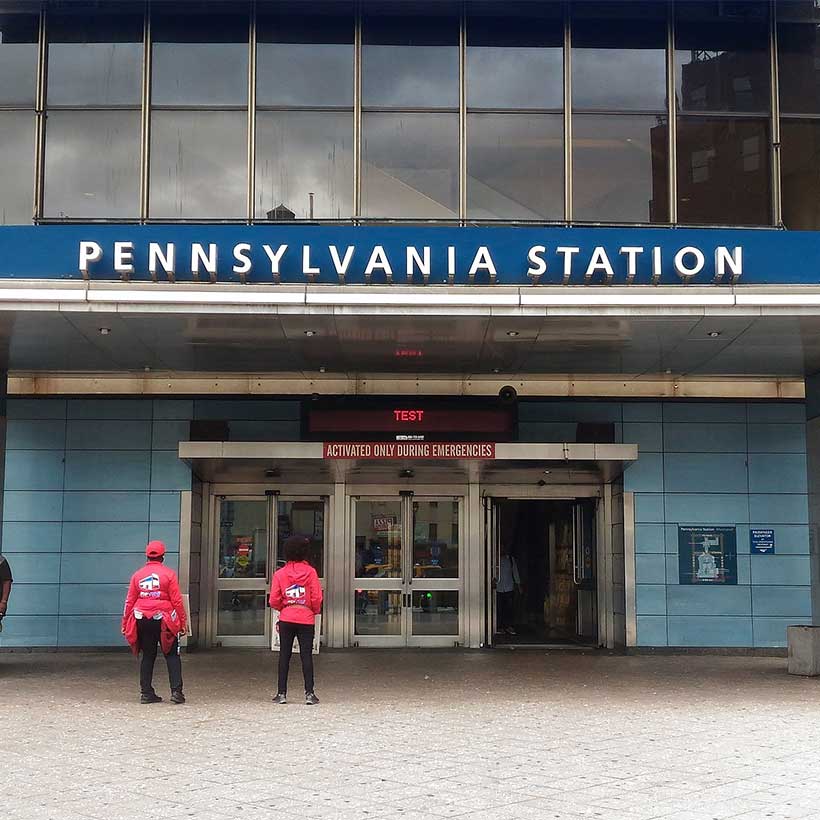Penn 2023: Envisioning a New Penn Station, the Next Madison Square Garden, and the Future of West Midtown
New York and the tri-state region urgently need a new Penn Station and a new Madison Square Garden
Outlines the case for a new Penn Station, describes principles to help guide development and illustrates the necessary elements for a new transit hub.
Download Report
Overview
Penn Station is our region’s gateway. Hundreds of thousands of people pass through the station every day. The station, which replaced the original 1910 McKim, Mead and White Beaux Arts-style building, is severely overcrowded. Built to handle 200,000 travelers, the station now serves some half a million. As public transit use and our region’s population expand, even more people will be crammed into the station’s jammed corridors and stairwells.
Our region now has an opportunity to envision a improved civic experience and create a holistic plan for Penn Station, Madison Square Garden, Midtown and the greater Northeastern region.
- Penn Station is the critical infrastructure project of our time. Rather than a single building, a 21st century Penn Station is a network of connected pieces. Moynihan Station is currently underway, and Amtrak has begun planning efforts on the Gateway project, which will expand Penn Station to the south. These investments should be coordinated in order to create an inclusive redevelopment strategy and maximize transit connectivity.
- Much of the West Midtown district is significantly underdeveloped. Few of the area’s outdated office, retail and hotels contribute to New York City’s ability to retain its prominence and competitive position as a global business center. The Penn Station office district has the lowest overall rental rate of any of the Midtown submarkets. A new station would have dramatic impact by improving the quality of the surrounding district.
- Ensuring the station’s viability is crucial, not only as part of planning for projected growth, but is also essential to the health and vitality of the city and region. Investing now will help keep New York competitive and ultimately create a better environment in which to work and live.
- Building a new Penn Station has broad public support in New York. According to the 2013 MAS Survey on Livability, supported by the Rockefeller Foundation, and conducted by the Marist Poll, 74% of New Yorkers say it should be a “top priority” or “an important consideration” for the next administration.
- This report is the first in series that RPA and MAS will be issuing, investigating the economic, transportation and planning issues around Penn Station.
Why We Need a New Penn Station
- Penn Station is currently operating at capacity;
- Ridership along the Northeast Corridor is growing;
- Moynihan Station is a critical first step to fixing Penn, but the planned Amtrak hub alone will not be able to relieve congestion at Penn over the long term;
- The severe limitations of Penn Station inhibit the growth of regional rail, including the potential for high-speed service along the entire Northeast
- Corridor between Washington, D.C., and Boston;
- Manhattan’s west side is seeing dramatic changes at Hudson Yards and around the High Line that will only increase demands on Penn Station;
- The existing Penn Station stifles growth and limits economic opportunity in the area;
- Crowding at the station raises safety issues;
- The existing streetscape is inhospitable and doesn’t knit the neighborhood together as it should;
- The current superblock form of Penn Station and the Garden hinder pedestrian circulation; and
- The current structure of Madison Square Garden limits opportunities to improve the station below.
Vision
The creation of a new Penn Station is vital to the region’s prosperity and quality of life. But the station is just one piece of a larger vision to revitalize the underperforming area surrounding the station and connect it to the economic and cultural fabric of the city. A successful strategy will involve:
- Creating an outstanding transit hub;
- Building a new, modern Madison Square Garden;
- Completing Moynihan Station;
- Reviving the surrounding neighborhood into a world-class district.



